How to properly process onions and soil before planting?
Before planting onions, it is worth deciding how and with what to process the seed and the land. Timely fertilization of the beds and preventive procedures will save onions from a number of diseases and ensure a rich harvest.
Soil preparation
All crops will thrive on fertile soil. Therefore, in the fall, before plowing the site, they take care of the enrichment of the soil with organic or mineral fertilizers.
Soil acidity
In a new plot, you should always find out with the help of laboratory analysis the level of acidity of the soil, because onions give a bountiful harvest only at a neutral pH. If necessary, the acidic soil is optimized by the addition of alkalizing agents so that the reaction is close to neutral. All substances are used before autumn plowing.
- For 1 square meter, 150-200 g of dolomite flour are added, which will also increase the level of calcium and magnesium in the soil.
- Once every five years, acidic soil is alkalized with slaked lime, 500 g - 1 kg per 1 m2.
- 2-3 years after autumn liming, wood ash is used - 2-4 kg per 1 m2... Ash is applied in autumn or spring, it is also sprinkled with seedlings and young onion plants to prevent diseases and protect against pest attacks.
You can not mix manure and ash in the fall.
Soil restructuring
To grow effectively onions, it is often necessary to change the structure of the soil: to enrich the peat soil, to make the heavy clay soil looser, or to add nutrients to the sandy soil. Together with compost, humus or manure, mineral complexes are simultaneously introduced. The table below shows the application rates per 1 m2... Instead of the mentioned fertilizers, you can use any mineral complexes that are suitable for onions. Minerals, like humus (but not fresh manure), can be used in the spring when cultivating the site.
| Soil type | Organic fertilizers and additives | Mineral fertilizers |
|---|---|---|
| Clayey | 6 kg of humus or 7 kg of compost, 5 kg of peat, 10 kg of sand | 30 g superphosphate, 5 g carbamide |
| Loamy | 5 kg of humus, 4 kg of peat, | 30 g superphosphate, 5 g carbamide |
| Sandy | 10 kg of humus or compost, 10 kg of peat, 10 kg of loam or clay soil, a bucket of sawdust | 40 g nitrophoska |
| Peat | 6 kg of humus, 10 kg of sand, 10 kg of loam - sod land | 30 g superphosphate, 5 g carbamide |
For the area where onions will grow, potassium chloride is used only in the fall. In the spring, potassium sulfate is added or onions are fed with this fertilizer during the growth process.
Prevention of diseases and pests
In spring, small beds for onions are treated with various means, including substances used according to folk experience. There is a kind of soil disinfection, due to which the culture will develop without problems.
- Spill high beds with boiling water.
- The beds or larger areas are covered for 3-4 days with plastic wrap folded in several layers. The main condition: carefully strengthen all the edges of the film so that air does not enter inside. The temperature under the film in sunny weather reaches 70 degrees.
- In the spring, a week before planting, the soil is watered with Fitosporin-M (dissolve 5 g of powder in 10 l of water) or with Trichodermin, Alirin-B according to the instructions.
- They revitalize the soil with the help of biological products "Baikal" or "Gumat" according to the instructions that are attached to the funds. Watering with such substances is carried out in warm, but cloudy weather 15-20 days before planting the onions, so that beneficial microorganisms, having got into the soil where the onions will grow, have time to multiply.
- The ridges are treated with infusions of needles or tobacco dust, as well as rotten hay. Hay stick is a part of Fitosporin.
- Dissolve in 10 l hot (up to 50 aboutC) water 20 g of copper sulfate. The mixture is poured over the ground and covered with polyethylene.
Bulb processing
Two weeks before planting, the bulbs are sorted out and rejected specimens with obvious flaws and those that have sprouted. Ideal onion sets are about 1 cm in diameter. Larger bulbs can go into the arrow, and smaller ones may develop poorly.
Presowing processing of seedlings is varied, and everyone can choose any option they like.
- The onion is placed in a pink solution of potassium permanganate for 50-60 minutes. For this procedure, it is better to put the sets in a plastic mesh bag. Warm water, up to 45 aboutC.
- The purchased set is heated from two days to two weeks at a temperature of up to 40 aboutC. Bulbs are usually placed near the battery.
- On the day of planting, pour the onion, put in a bag, with very hot water for 2 minutes and quickly transfer it to cold. Such processing is carried out so that there are no arrows.
- Before "hot baths", onions are still soaked in a solution of any complex fertilizer (nitroammofosk, ammofosk): 20 g per bucket of water. The procedure takes up to 10 hours.
- After impregnation with fertilizers, the onion sets are disinfected for 10 minutes in copper sulfate: 5 g of the drug per bucket of water. This will protect against possible fungal infections.
- After such impregnations, the seedlings are washed in clean water. The bulbs can be planted without drying.
- The traditional way is to use a salt solution. Dissolve 500 g of salt in 10 liters of water and place the set there for a day. There is another option for a saline solution: 3 tablespoons of salt are dissolved in 3 liters of water. The treatment cleans the onion from nematode infestation.
- A 2-4-hour impregnation with birch tar is used: 1 tablespoon of the product is dissolved in 1 liter of water at room temperature. Before the "bath", the onion sets are dried for 24 hours on a battery, the husks are removed and the tops are lightly cut off.
Facilities at the time of boarding
When planning the beds, place rows of onions next to the carrots. The phytoncides of this culture scare away the onion fly, which spoils the feather. When planting, the grooves where the bulbs are planted are also treated in several ways:
- sprinkle with salt;
- make preparations "Zemlin", "Bazudin", "Pochin", which protect the site from onion flies;
- having planted the seedlings, sprinkle the soil from the onion fly with tobacco dust, wood ash, black ground pepper or a mixture thereof;
- the use of funds is repeated during the summer of the pest, which coincides with the flowering time of the dandelions.
Observance of crop rotation will help to avoid characteristic fungal diseases of onions. The onions are planted again in the same bed in the 5th year.
How to protect onions from diseases and pests?
Proper preparation of the soil and planting material will protect the onion at first. But then new threats are possible, which must be combated.
| Disease / pest | Signs | Control measures |
|---|---|---|
| Cervical rot | Below the stem softens, a gray bloom appears. Rot turns into the bulb | Do not damage feathers; harvest onions in dry weather; dry before storing. |
| Peronosporosis, or downy mildew | Light spots on feathers are gradually covered with gray fluff | Treat on onion leaves 10 cm long with a solution of 20 g of copper oxychloride per 10 liters of water. Add a spoonful of liquid soap to make the composition sticky. |
| Stem nematode | The juicy scales of the bulbs are friable, there is a garlic smell. Feathers are twisted, turn yellow early | It is necessary to process the onion for 15 minutes before planting with a saline solution: 3 tablespoons per bucket of water. Also, 1 m2 of soil is shed with three liters of solution. |
| Onion fly | The larvae damage the bulb and feathers. Leaves drooping, twisted | 200 g of tobacco dust is infused for 2 days in hot water, then 20 ml of liquid soap and 5 g of black ground pepper are added, diluted in 10 liters of water. When spraying, 1 liter per 1 m2 is used |
Following the advice of experienced gardeners, you can grow a good harvest of onions, which any family table cannot do without.

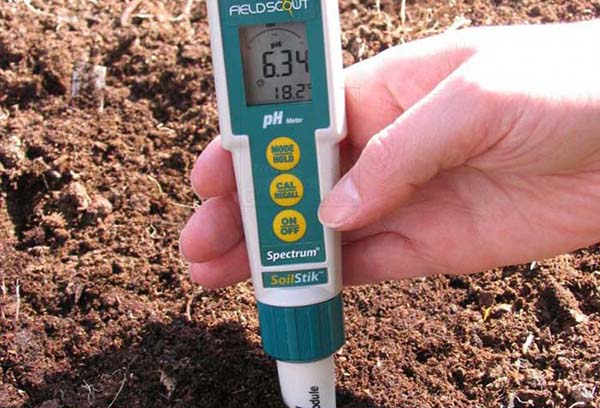
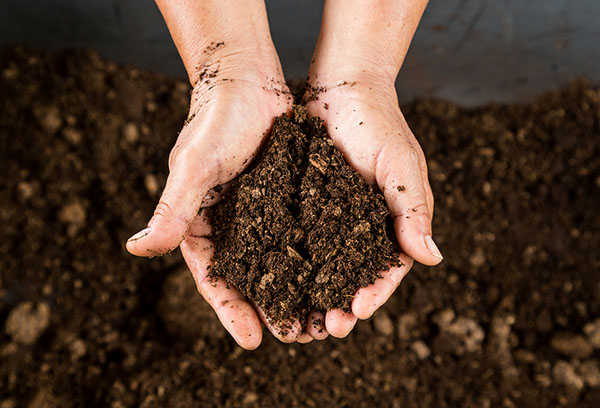

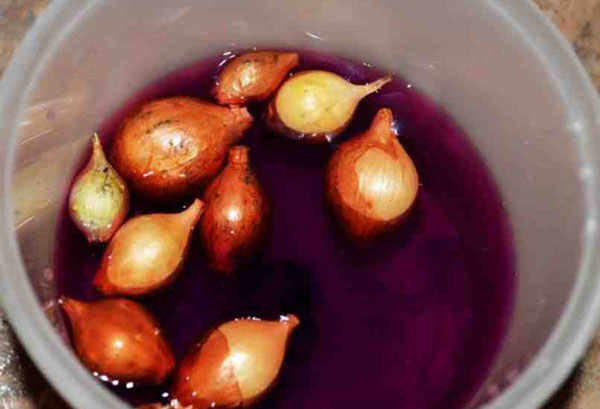

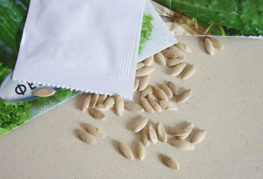
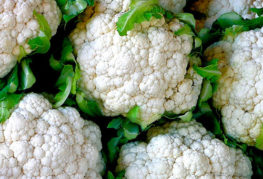
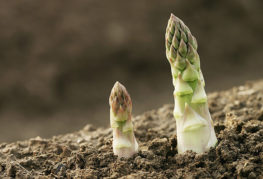
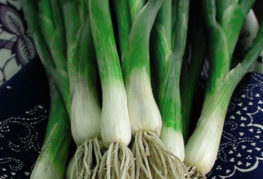

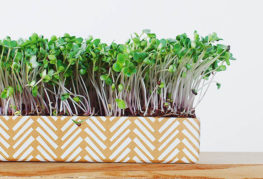
and will be published shortly.